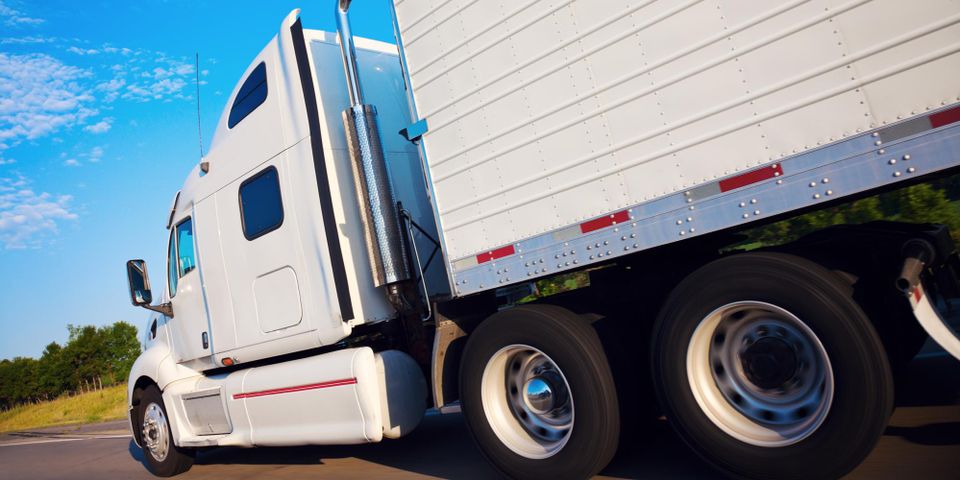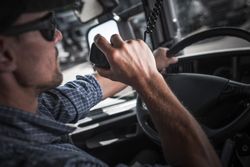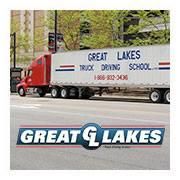3 Differences Between Class A & Class B CDL Training

If you want a rewarding career as a professional trucker, you’ll have to start by obtaining your commercial driver’s license (CDL). You can do so by completing class A or class B CDL training, which means some consideration between the two is necessary before you begin. Here’s a closer look at the differences between the two.
How Do Class A & B CDL Licenses Differ?
1. Vehicle Options
With a class B license, you can operate box trucks, dump trucks, city buses, and vehicles with trailers that weigh less than 10,000 pounds. Should you wish to transport trailers that weigh more than 10,000 pounds, however, you’ll need a class A license. Students learn how to operate even the largest tractor-trailers during class A CDL training. Upon completion, you may drive any commercial vehicle in traffic, including those that require a class B or class C license.
2. Career Availability
Class B drivers have limitations when it comes to career opportunities, as most long-distance trucking jobs are off-limits at this level of training. There’s also a wider pool of job competition since this class is so easy to obtain.
 Class A drivers, on the other hand, may apply for virtually any trucking position. More job opportunities bring more stability, more scheduling flexibility, and a higher overall earning potential.
Class A drivers, on the other hand, may apply for virtually any trucking position. More job opportunities bring more stability, more scheduling flexibility, and a higher overall earning potential.
3. Training Length
Obtaining your class A license demands the most schooling because operating the largest vehicles on the road requires extensive training. Because the class B programs are much shorter, prospective truckers who are eager to start working often enroll in one of those.
For more opportunities and career longevity, however, you’ll eventually want to complete the class A training. Luckily, even class A programs generally require far less of a time commitment than a college degree or most vocational school training.
If you decide to pursue class A CDL training, turn to Great Lakes Truck Driving School. Located in Columbia Station, this institution caters to students across northeast Ohio. Their highly trained team is backed by more than 500 years of combined experience in the transportation industry, and their spacious facility allows for hands-on practice of all essential maneuvers. To meet their instructors, visit their website. To learn more about their upcoming programs, call (440) 236-3436.
About the Business
Have a question? Ask the experts!
Send your question

